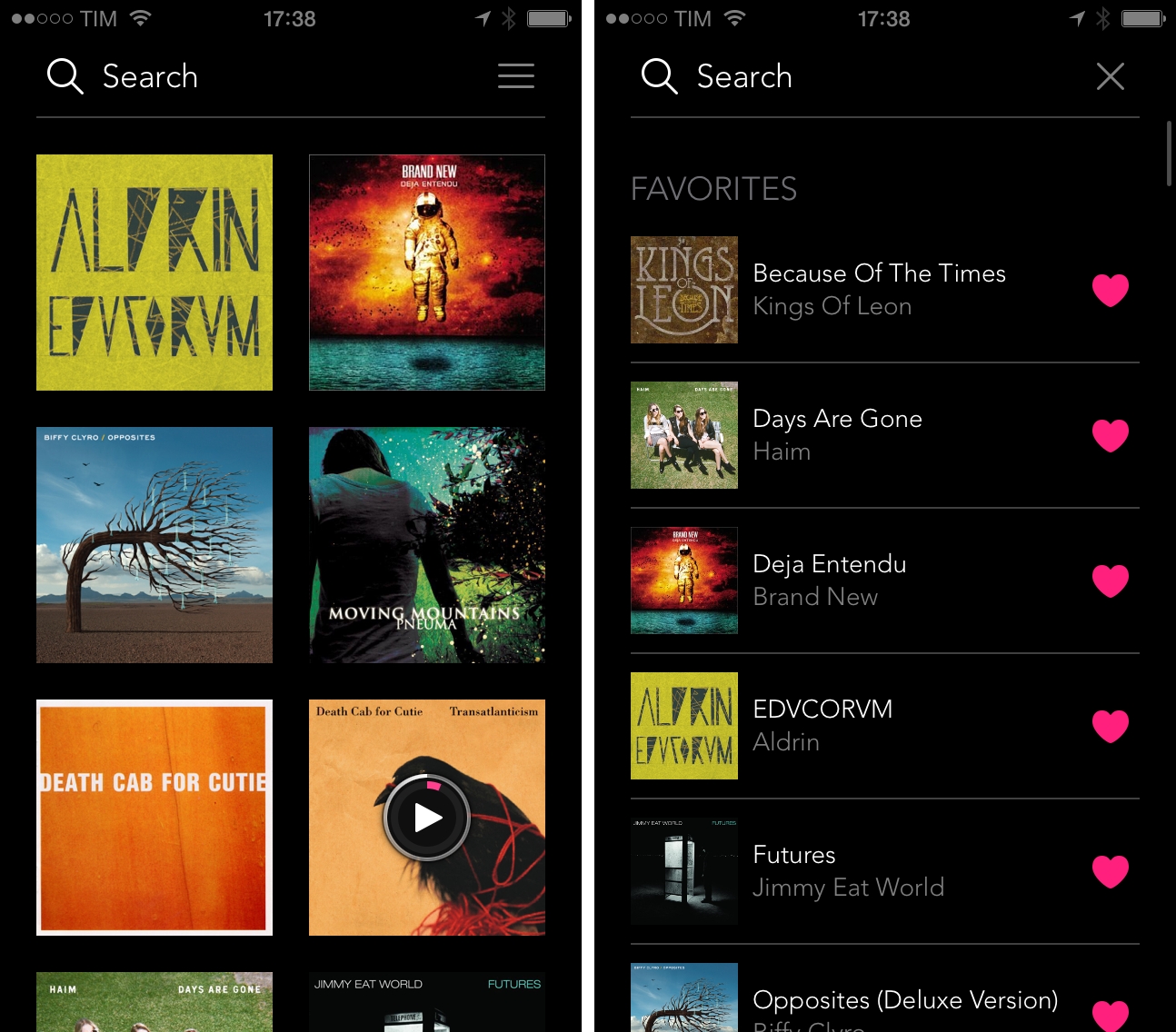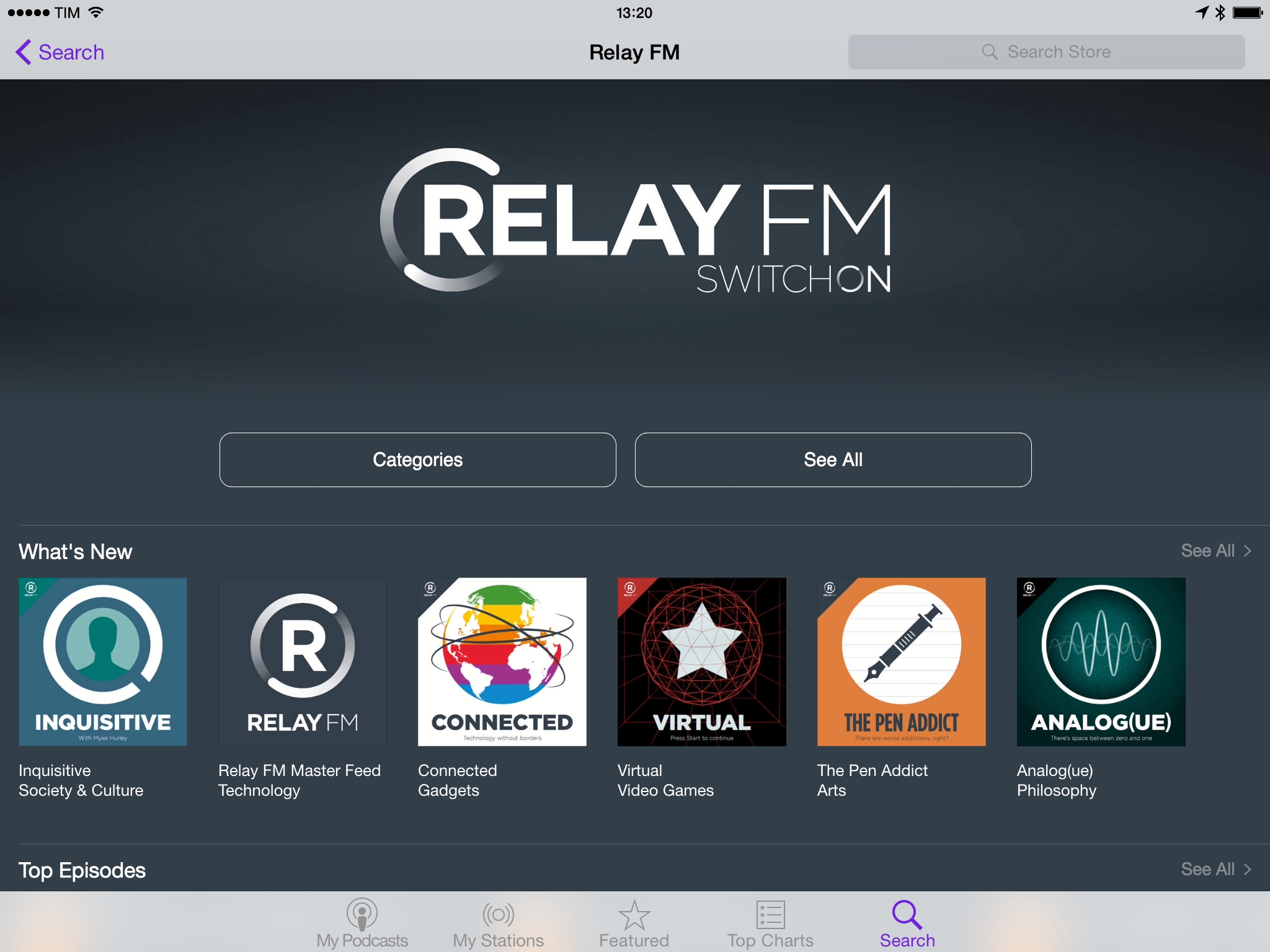Dan Frommer on Twitter’s recent experiments with its timeline and mobile apps:
Twitter CEO Dick Costolo promised many product “experiments” on the company’s most recent earnings call, and the company has started to deliver: Many users are starting to notice tweets that don’t normally belong in their feeds. This is a significant shift in how Twitter works—and how it might work in the future.
I use Tweetbot on my iPhone and iPad, but, every couple of weeks, I try the official Twitter app for a day or two to see how things are going there.
I think Twitter for iOS is pretty good. I despise its notification settings and full-screen web view, but I actually like many of their experiments – including these recent ones – and I appreciate the inclusion of a Discover section, DM read status synced across devices, and Twitter Cards.
But I can’t use Twitter for iOS as my primary client.
Over the years, I’ve grown so used to timeline streaming and sync that I can no longer use a Twitter app that doesn’t stream and automatically sync my timeline position. I understand that this is not how the majority of people on Twitter actually use the service, or how Twitter wants to appeal to new audiences. My problem is that I enjoy and depend upon finesse and little touches created by third-party developers – the same ones who can’t access many of the company’s latest experiments with timelines and interactivity.
I’m torn between two interests: I want to try Twitter’s new features for the masses because I think they’re interesting and smart, but I can’t change the fact that I want my timeline to stream and my position to sync. Even if Tweetbot for iPad hasn’t been updated for iOS 7 yet, the way it works and syncs is enough for me. I don’t even cringe at its outdated UI anymore. Not to mention many of the other excellent details of Tweetbot 3.
Would I switch to a version of Twitter’s iOS apps with streaming and sync? I don’t know. The third-party Twitter client is starting to feel like a relic of an old era, and while there’s a part of me that wants to hold on to it, the future of the service appeals to my curiosity.



